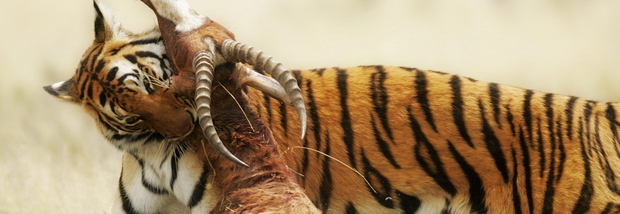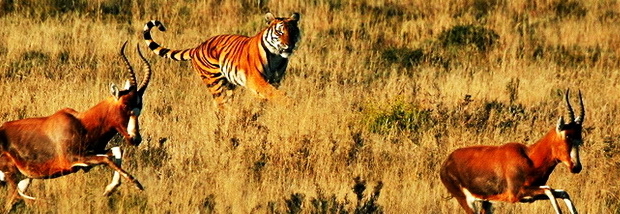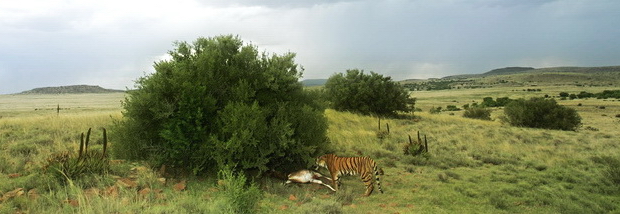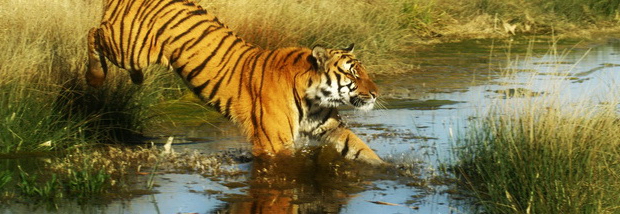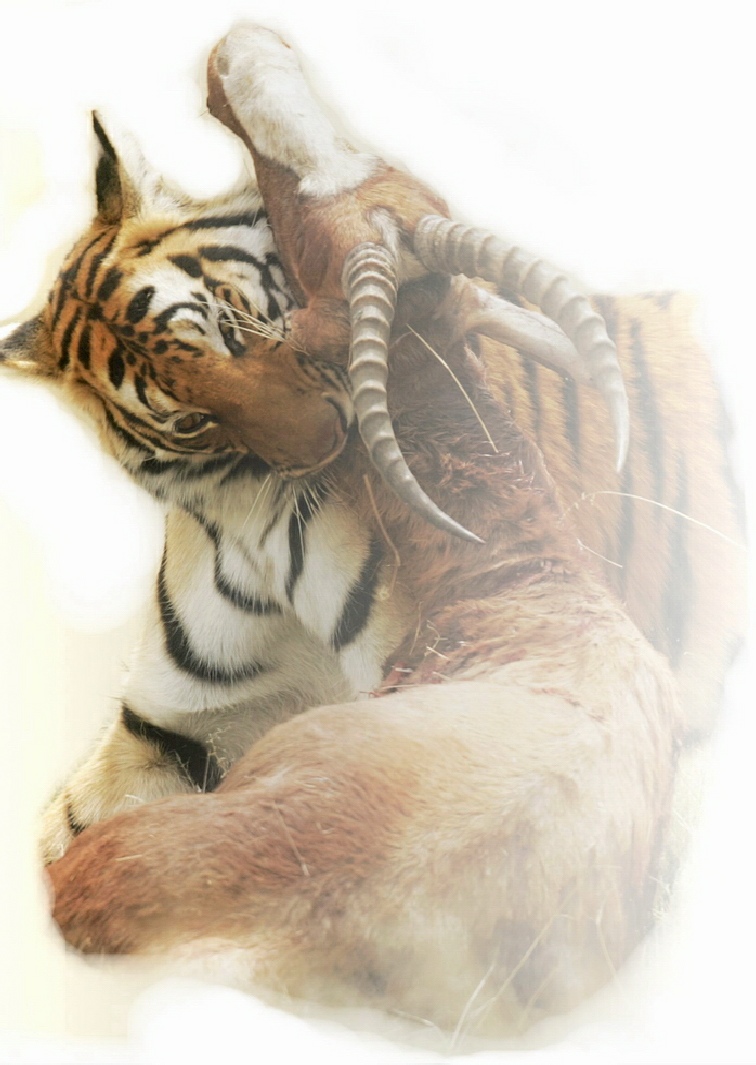
Rewilding
Nearing extinction, prompt, effective and innovative conservation techniques like rewilding are needed to save the subspecies

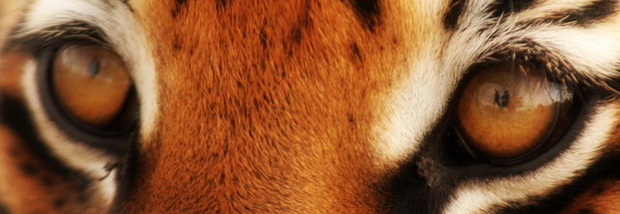
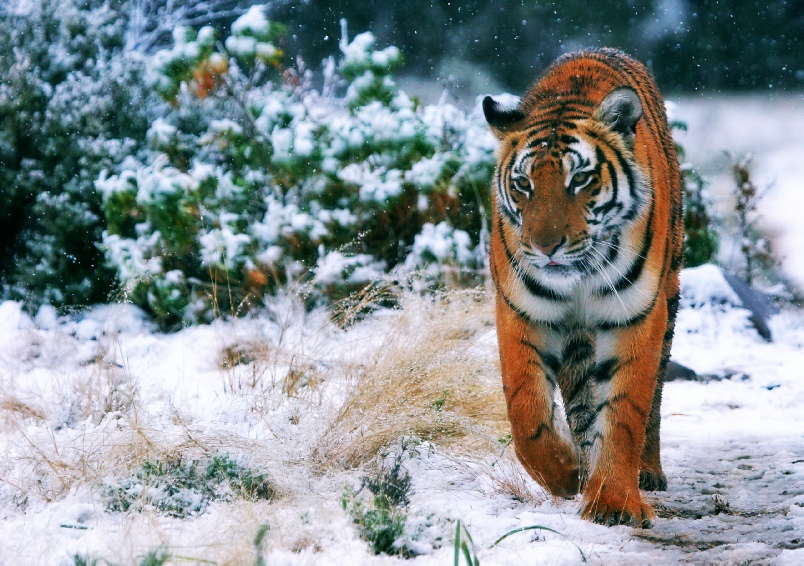
All tigers, save the youngest second and third generation tigers are rewilded. The reserve is not open to the public and tiger/human interaction is restricted to limited contact with staff and scientists.
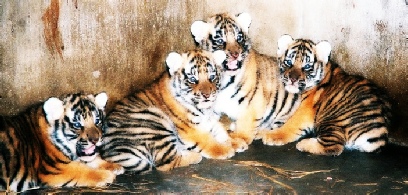
Rewilding includes the taking of young tigers from China's zoos and making them wild again. Cubs from China stepped cautiously onto the grasslands of Laohu Valley Reserve, hesitant and unsure of a surface that was not concrete.
Hunting success and failure is monitored by researchers. According to the rewilding protocol, if a tiger fails to hunt successfully within a set number of days it will be given food so as to maintain its condition. Second and third generation cubs are now learning to hunt from their rewilded first generation mothers. By 'rewilding', we try and ensure that all South China tigers at Laohu Valley Reserve have the skills necessary to survive in the wild.
Using rewilded individuals from captive populations to restore wild populations can be a sound strategy for re-
Rewilding Process

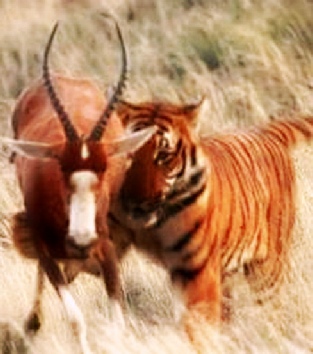
Are cats inherent hunters, not needing to be taught? Some cats are naturally able hunters. However, from his experience with orphaned pumas, Dr. Gary Koehler has noted that out of the three orphaned pumas he released into the wild one survived while the other two died. This would suggest that a significant portion of cats that have not learned to hunt from their mothers or from a rewilding project, would do not possess the skills to hunt and survive in the wild after reintroduction.
We use the term "rewilding" to refer to a process by which captive-
Our rewilding protocol moves tigers between various enclosures for breeding, rewilding and monitoring. Blesbok (a deer-


© Save China’s Tigers -
